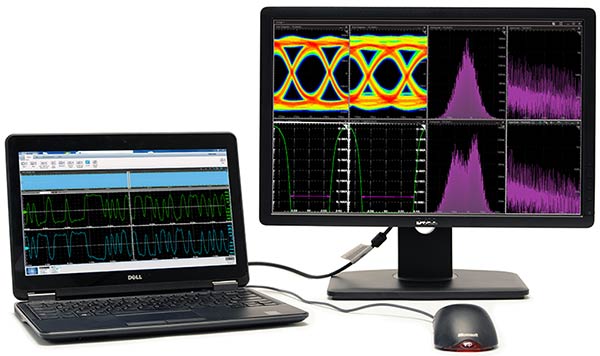


By some estimates, almost one in five days is wasted with inefficient collaboration. A key challenge is that teams are increasingly distributed not only across buildings, but across continents and time zones.
Personally, I work with marketing professionals located in several different states in the US, an engineering team in India, and customers located around the world. I bet many of you find yourself in similar situations. Even if your situation isn’t that extreme, using tools that encourage peer-to-peer collaboration within teams in the same time zone or even the same building has been shown to increase productivity by up to 25 percent. Better collaboration with customers and suppliers results in better products and increased innovation.
Collaboration starts when two more people or organizations must work together to reach a shared target or goal. One of the keys aspects of collaboration is effective sharing and dissemination of information among the team or organization. That information can range from simple to complex. It could be schedule-related. It could be updates to project risk assessments. It could be detailed design information conveyed by schematics or, later in the design cycle, it could even be data captured by a scope. Sharing scope information is what I would like to discuss for the remainder of this blog post.
Sharing Scope Information
To effectively share scope information with team members, with suppliers, or with customers requires two things. It requires completeness of information and portability of information. Unfortunately, some of the common ways of sharing scope information don’t meet both of these requirements.
As an example, let’s say I have a problem with my design. A component is not behaving as expected and I need to communicate the problem with my supplier. My first choice might be a simple screen capture. This is a very common way of sharing scope information. After all, aren’t pictures worth a 1,000 words? The great thing about a screen capture is that I can easily add notes and annotate it with my questions. It’s easy to email my supplier this information and I know that it can be viewed by anyone on a variety of devices.
Unfortunately, using screen captures often results in a time-consuming back and forth exchange of emails because information is often not complete. What if the screen I captured doesn’t show a piece of information my supplier needs? What if they need to add a measurement to get a better understanding of what’s going on? It’s easy to get caught in a back and forth of emails at this point resulting in wasted time due to ineffective collaboration.
Another option would be to save the data as a reference file. In my case, that would be a .wfm file which is a Tektronix data format. You see where this is going, don’t you? I’ve just traded one problem for another. It’s complete but not portable. I’ve now restricted my supplier’s ability to easily use this data. They not only need to load it back into a scope to view it but that scope needs to be a Tektronix scope.
What other options do I have? Well, that’s the topic of a future blog post. If you want to skip ahead though, take a look at TekScope Anywhere which is an offline waveform analysis tool.
There is obviously a lot more to effective collaboration than sharing scope information (although it’s great place to start). As you work within your team to increase collaboration, here are some articles I’ve found helpful:


